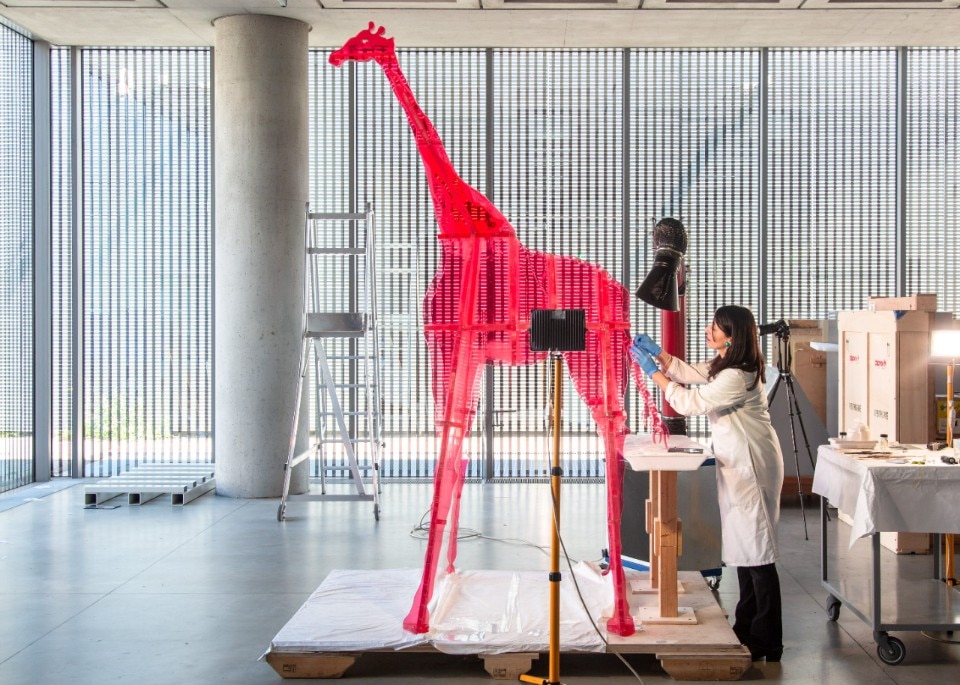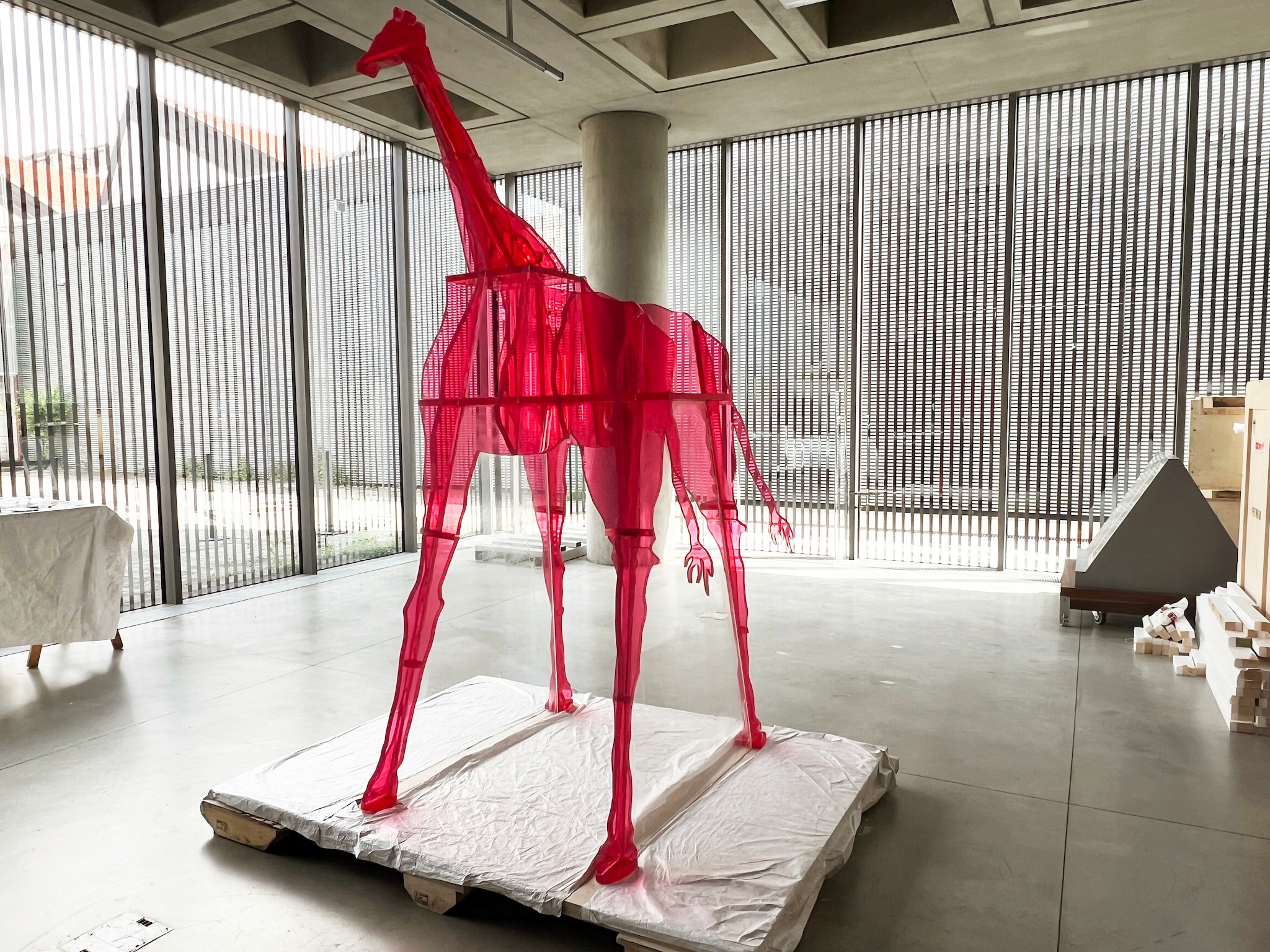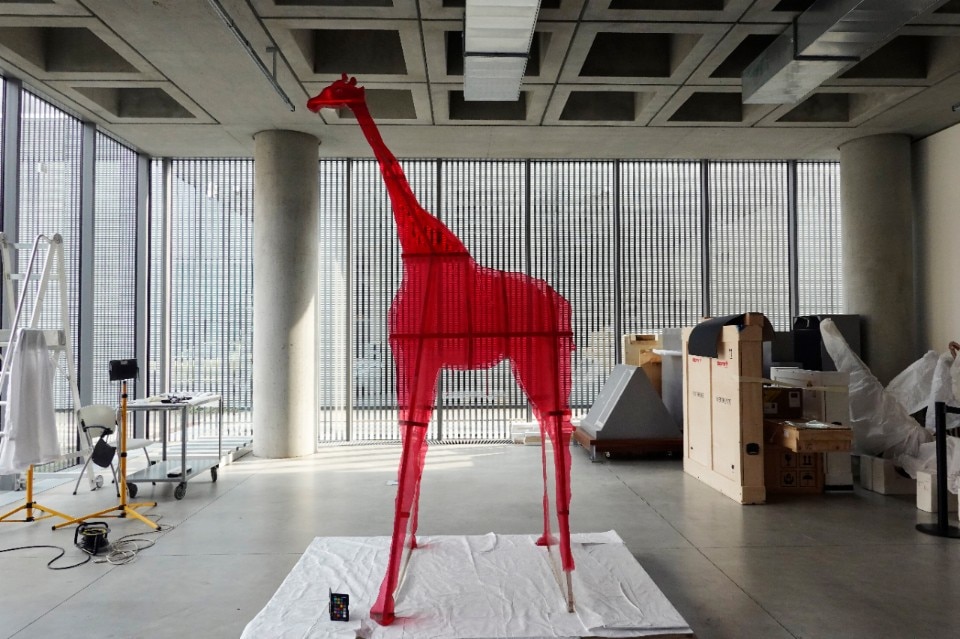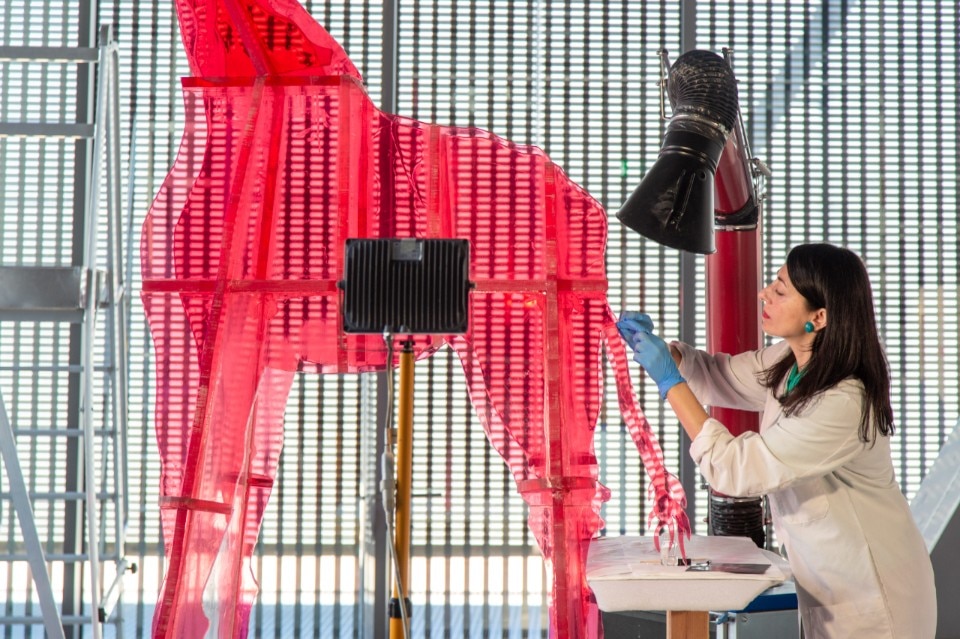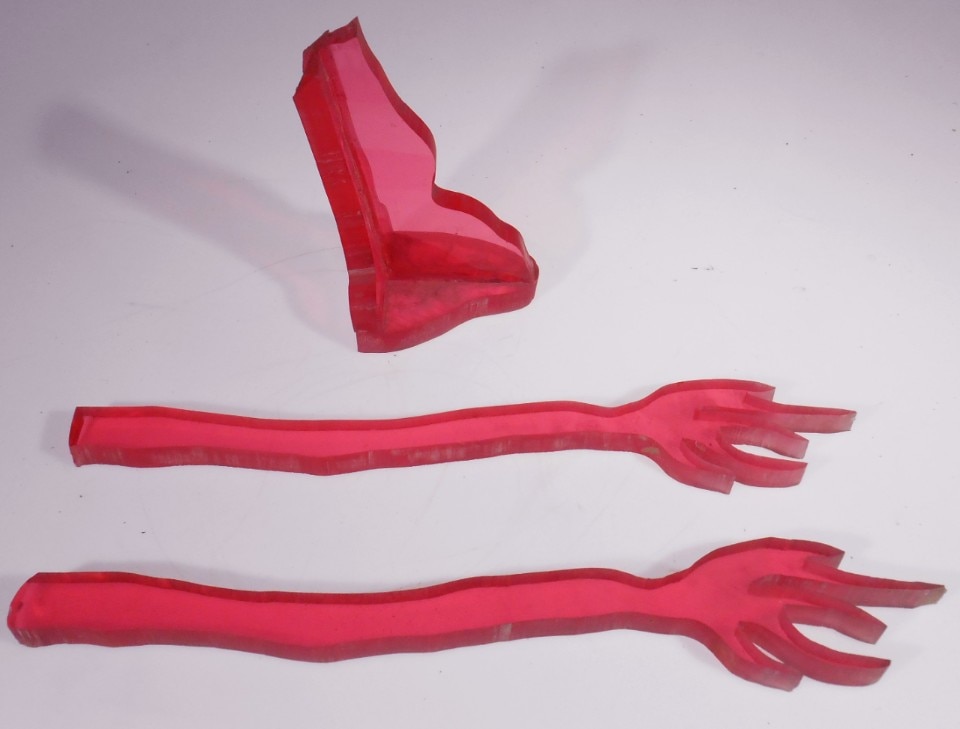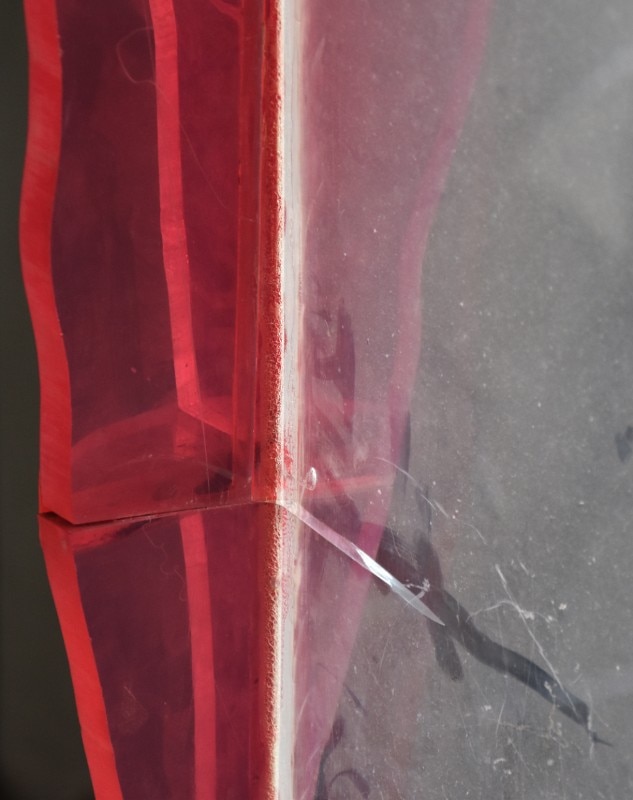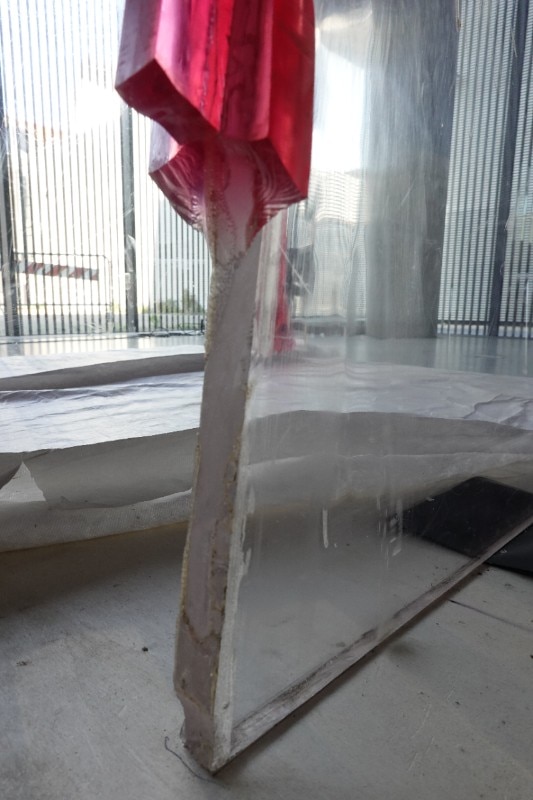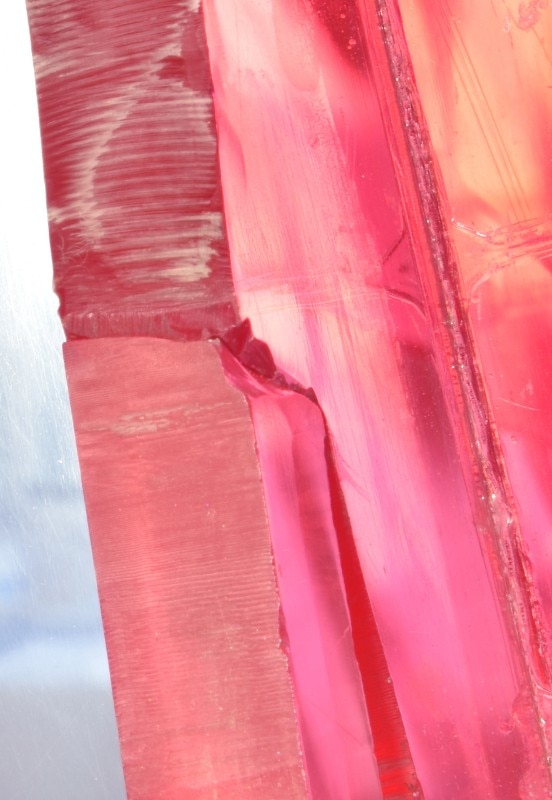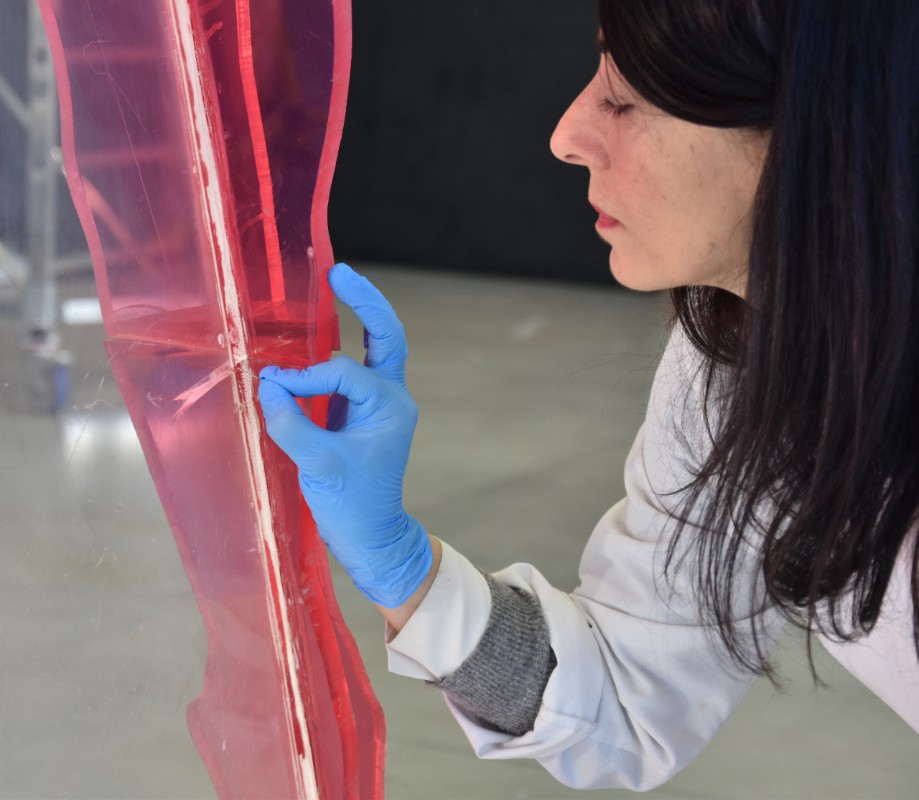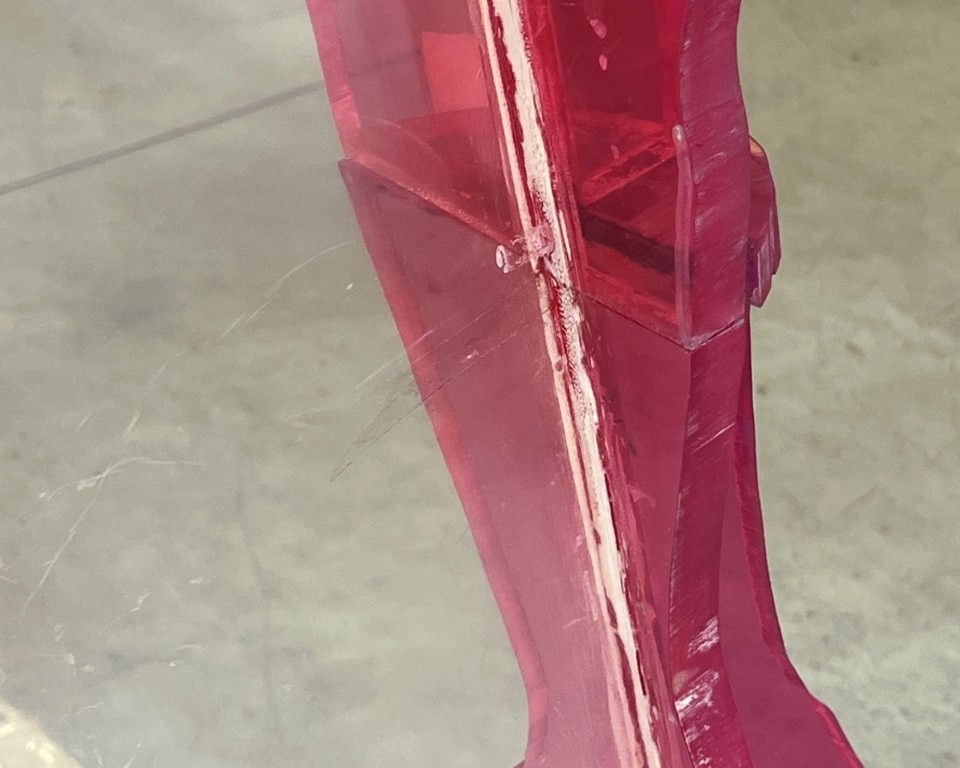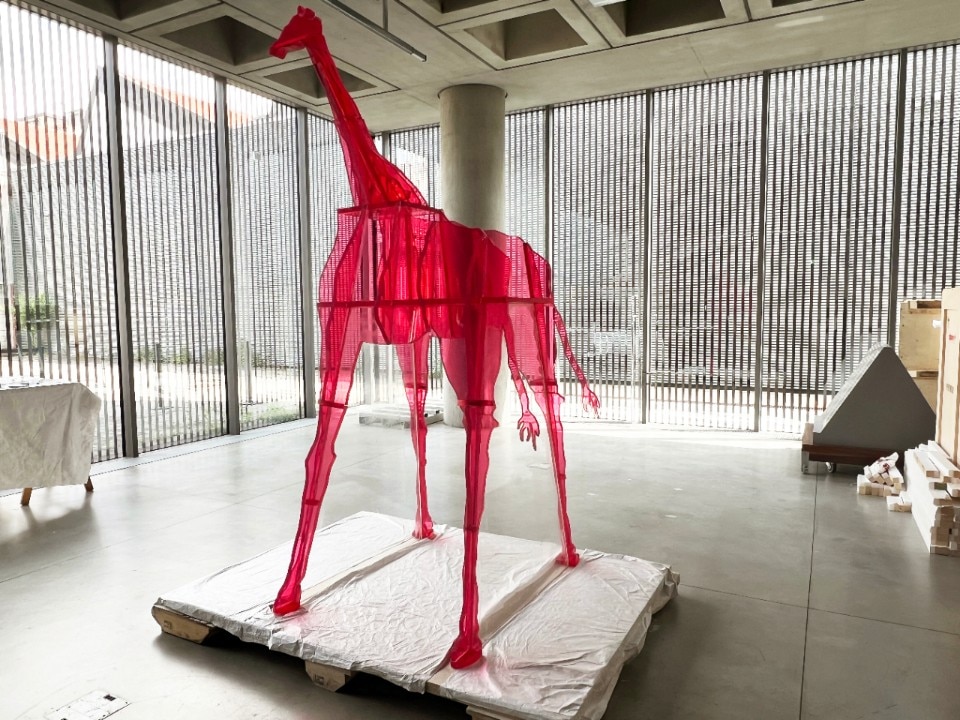We often think of the transmission of our artistic heritage as a process that takes place in a very obvious way, overlooking the silent figures who safeguard the most intimate stories of these works and preserve them before our eyes, thus keeping the immortality of art “alive”.
“When we think of conservation, we tipically think of the material, but by conserving the material, in trying to keep it intact, we also contribute to the dissemination of the history of that work or artifact”, says Anna Laganà, conservator and researcher specializing in the conservation of plastic artifacts. Since 2016, she has served as Senior Research Specialist for the Modern and Contemporary Art Research Initiative at the Getty Conservation Institute (GCI).
Her remarkable journey, marked by pioneering contributions to applied research in the conservation of plastics, sheds light on a relatively new but vital field, especially in an era when more and more artworks and historical artifacts are made of plastics. It’s a unique and complex challenge, endangered by rapid degradation due to the chemical composition of plastics, requiring the development of novel practices.
One of the most emblematic cases is the conservation of Gino Marotta’s Giraffa Artificiale from the Museo del Novecento, in Milan. This work of art, made of transparent plastic, had been stored for over twenty years due to extensive damage, including scratches, cracks, losses, and broken parts (a hoof and both tails), which compromised its transparency, aesthetics, and structural stability.
By conserving the material and trying to keep it intact, we also contribute to the dissemination of the history of that work or artifact.
This case study was suggested to Anna Laganà by Marina Pugliese, now director of Mudec. Laganà emphasizes that many works made of plastics, when damaged, are often relegated to storage or de-accessioned from museum collections due to the lack of suitable conservation treatments. This stems from the numerous challenges associated with developing conversation methods for plastics, especially when transparency is a factor.
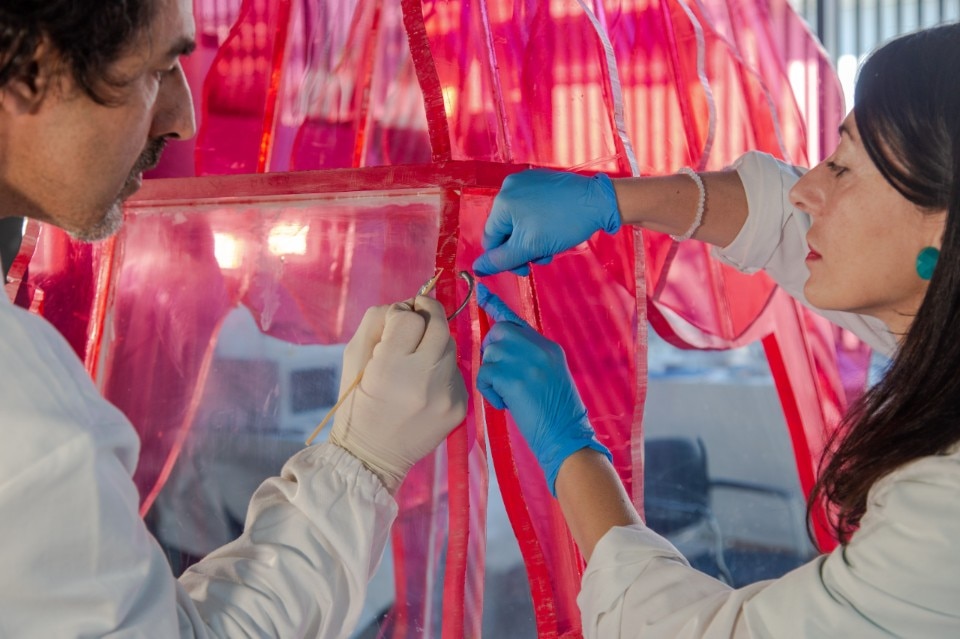
Laganà explains, “Restoring the transparency is very complex, as is well known in glass conversation. In addition, most of the products commonly used to restore traditional materials contain chemicals that can easily damage plastics. Therefore, over the years, together with a team of colleagues, I have carried out extensive scientific research to identify materials and methods suitable for the conservation of this type of artifacts, capable of reviving their transparency and making them accessible to the public once again”. The culmination of this research was its application to Giraffa Artificiale, in order to provide contemporary art conservators with an example of how to bring these plastic objects back to life. The conversation treatment was carried out by Anna Laganà (GCI) in Mudec’s laboratory in collaboration with Marco Demmelbauer (Centro Conservazione e Restauro la Venaria Reale).
The story of Marotta’s masterpiece, perhaps because of the real size of the work itself, evokes a romantic parallel between the figure of the conservator and that of the surgeon. Both share the mission of preserving and conserving the integrity, beauty, and vitality of something precious, shouldering the weighty responsibility of returning that body to its original state.
.JPG.foto.rmedium.jpg)
The Getty Conservation Institute (GCI) stands as a beacon of international excellence where this mission serves as the cornerstone of all its endeavors, acting as a trait d’union between scientific research, field projects, education, and dissemination. Indeed, the Institute has an enduring commitment: to advance the field of conservation in the visual arts, encompassing a wide range of objects, collections, architecture, and sites.
“Whether it’s a design object, a sculpture, a painting, or even a textile I try to take care of the material to ensure that the history of each artifact and the intention of its creator are not lost, but reach the public in an unimpeachable way”, articulates Anna Laganà, revealing a poignant facet of the intricate art of conservation – one imbued with a profound moral responsibility: legacy.
Indeed, the GCI directs its efforts towards the creation and dissemination of knowledge for the betterment of professionals and organizations involved in the conservation of the world’s cultural heritage.
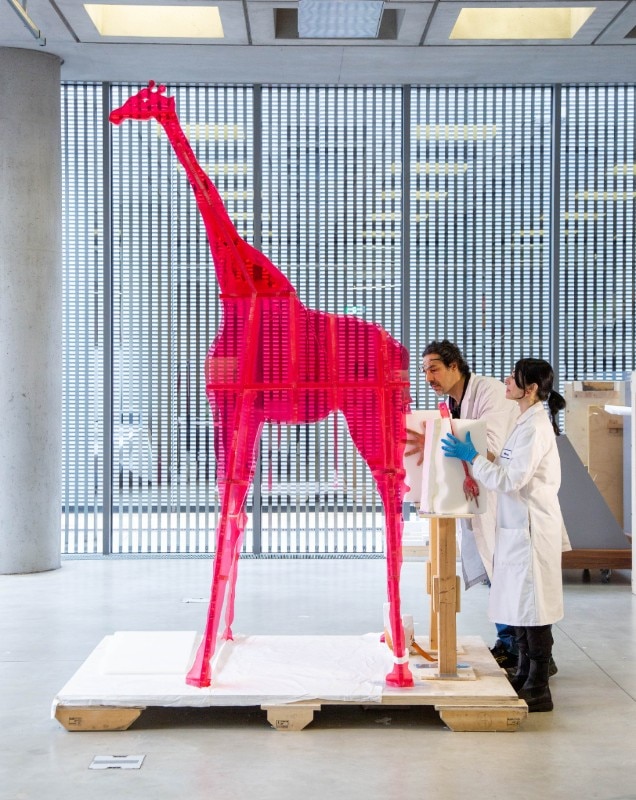
Similarly, the will to facilitate the dissemination of knowledge in the field led Anna Laganà to co-found the Italian group of INCCA (International Network for the Conservation of Contemporary Art). and coordinate the Working Group on Modern Materials and Contemporary Art of the International Council of Museums – Committee for Conservation. Through a series of initiatives, she promotes the exchange of knowledge in contemporary conservation and fosters networking among students, professionals, and emerging practitioners in the field.
This passing of the baton can be likened to a whispered secret that transcends centuries, discoveries, and deterioration – guarded by hands that are vigilant in its protection. Anna first encountered this secret beneath the scaffolding of the Scrovegni Chapel, one of her first restoration projects. “The excitement of seeing Giotto’s frescoes up close, with their vibrant pigments, the amazing reproduction of every tiny detail – only appreciable at close distance – made me realize how lucky I am to be a conservator”.
Opening image: © Gino Marotta, Giraffa Artificiale, 1973, polymethylmethacrylate, Museo del Novecento, Milan. Photo Credit: Samuele Pellecchia/prospect. Courtesy of the J. Paul Getty Trust
- Project launched by:
- Getty Conservation Institute
- In collaboration with:
- Museo del Novecento, Museo delle Culture di Milano (MUDEC) e Centro Conservazione e Restauro La Venaria Reale di Torino


